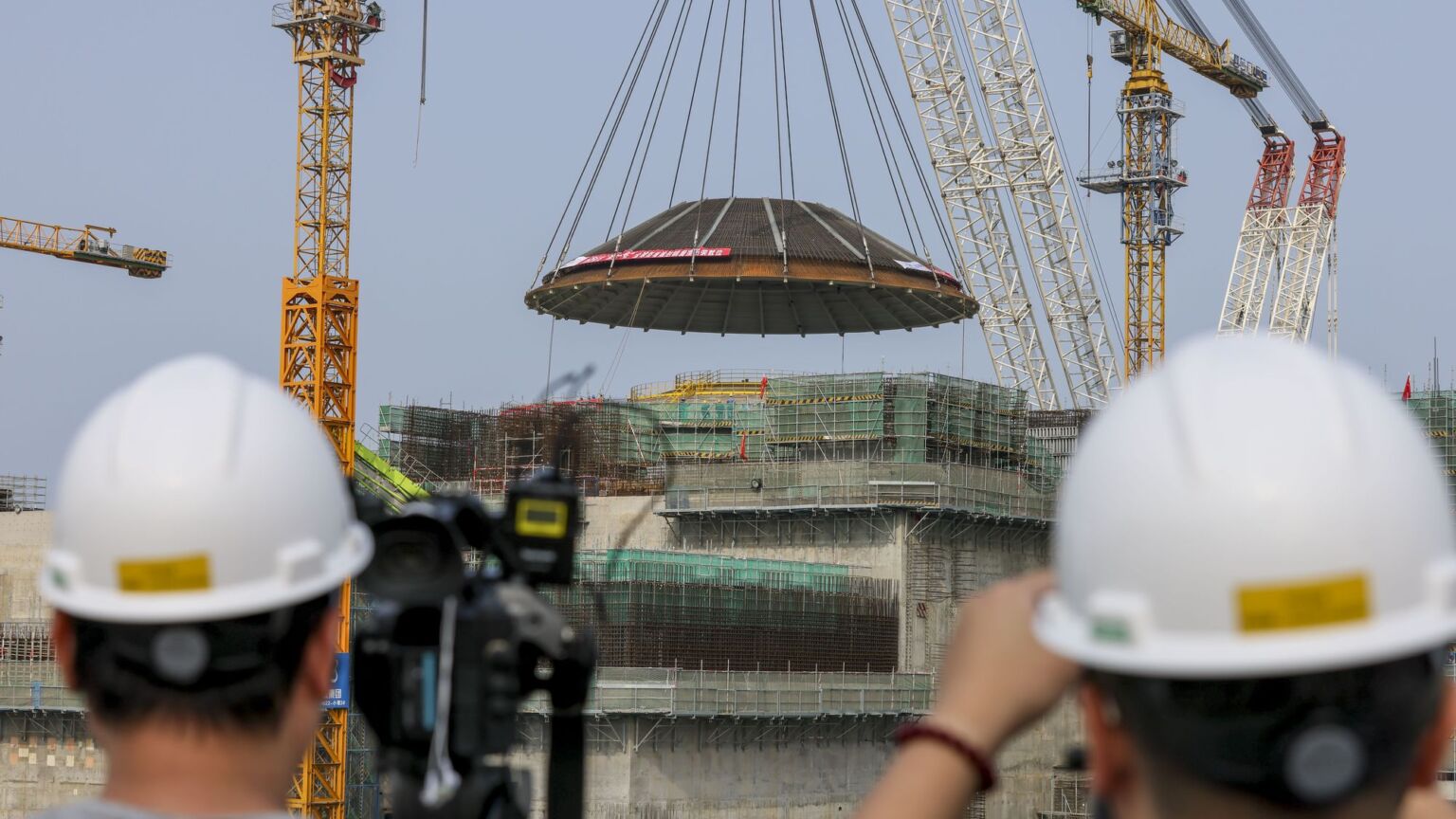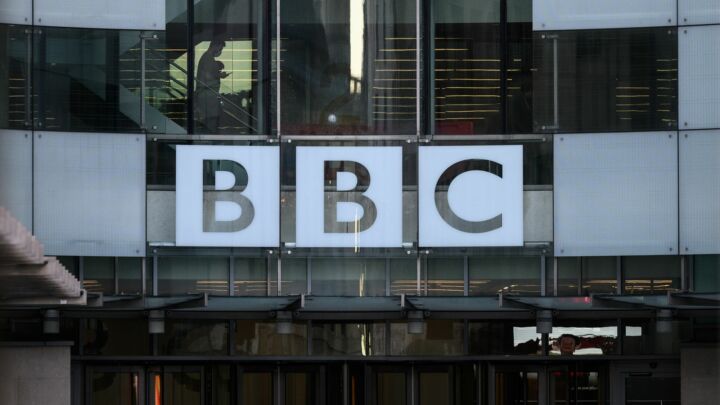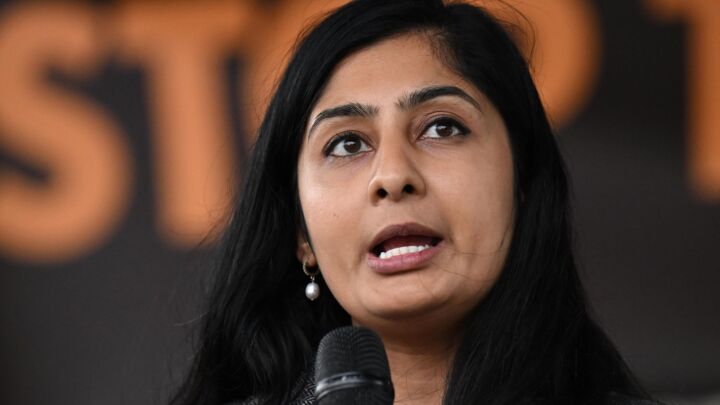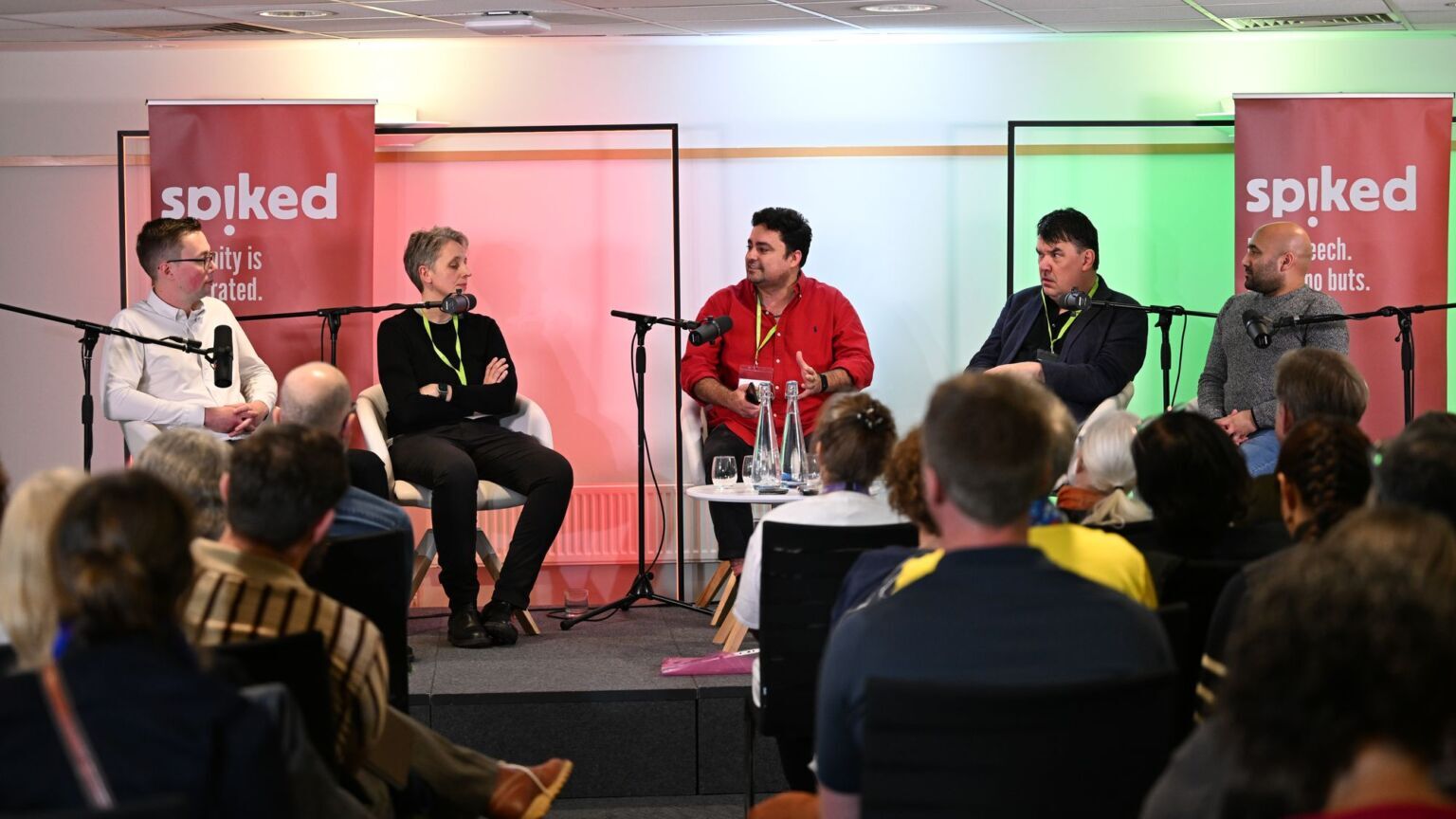Can nuclear save us from the next energy crisis?
Small modular reactors offer a clean, cheap solution to the UK’s energy woes.

Want unlimited, ad-free access? Become a spiked supporter.
A simple fact that Net Zero acolytes hate to acknowledge is that Britain needs more nuclear reactors. Keir Starmer’s Labour government may be planning to build wind and solar farms in abundance, but these sources are neither reliable nor cheap – despite claims to the contrary.
The major problem with renewables is that they cannot provide baseload electricity – that is, continuous power that can be topped up by other, more variable energy sources. Ultimately, how much electricity wind farms and solar panels can produce at any given moment is dictated by the weather. This is why Labour’s pursuit of a zero-carbon electricity grid by 2030 is a pipedream. The infrastructure to store renewable energy, for when the weather goes wrong, just isn’t there. As the catastrophic failure of the energy-generation systems in Spain, Portugal and south-west France has made all too clear, reliable, baseload power is not an optional extra.
If the UK were really serious about cleaner, more efficient energy, then nuclear is the only feasible option. Big schemes like Hinkley Point C and Sizewell C can supply almost 10 per cent of the UK’s needs each by themselves, but they take too long to build and always come in over budget. An alternative, however, is already at hand – small, modular nuclear reactors (SMRs) and advanced modular reactors (AMRs).
The technology looks promising. AMRs use novel fuels and cooling systems that could, potentially, radically reduce energy costs. The high temperatures the reactors generate can also be useful for heavy industry, such as steelmaking.
While AMRs are still theoretical, SMR technology is already with us and has been for decades. Although they are not yet used to generate electricity in civilian power plants, units have been in operation in nuclear-powered submarines and in US Navy aircraft carriers since the 1960s. As such, they are practical and don’t take up much room. They can also be built quickly and at much lower cost than larger plants.
The need is urgent. Currently, the government intends to move ahead with plans to make 100 per cent of new cars and vans sold in the UK electric by 2035. The ultimate goal is to phase out combustion-powered vehicles altogether. This will, inevitably, lead to a massive increase in electricity demand. By 2050, the UK is expected to have 14million EVs on the road, which would necessitate between 20 and 30 per cent more generating capacity. This is before even taking into account other sources of new demand, like a growing population and a (hopefully) growing economy.
Investing in more nuclear energy could easily facilitate such increases in demand. Typically, SMRs have a capacity of up to 300Mwe (megawatts of electricity). They generally cost between £800million and £3 billion, and take between three and five years to build. They are designed to be factory-assembled and transported to their installation sites, making them more flexible and cost-effective compared with conventional nuclear plants. The more that are ordered and built, the cheaper they become and the faster they can be made. They are also modular, so are scalable to meet particular local needs. For reference, Hinkley Point C’s reactors will have a capacity of 3,260MWe, while the site is estimated to cost £46 billion and is expected to take roughly 12 years to build.
The only downside is that we’ve yet to see this tech in action, at least on the scale needed to power a country. The first commercial SMR plant is set to go live in China in 2026, powering 526,000 households per year once completed. Meanwhile, AMRs are yet to even have a demonstration unit deployed anywhere in the world. The UK government has allocated £170million for a demonstration AMR to be up and running by the early 2030s – so expect it around 2035 or later, if indeed it ever materialises at all.
Unfortunately, the UK is far from a world leader in nuclear technology. The Nuclear Energy Agency has evaluated no less than 56 SMRs under active development across the world, and none is in the UK. Compared with our continental counterparts, we are miles behind. Romania plans to have an SMR plant operational by 2029. Poland has approved the construction of six SMRs. Bulgaria has begun talking to the US Trade and Development Agency about SMR implantation. Czechia has identified no less than 45 potential SMR sites within its borders and is collaborating with Rolls-Royce plc. The British company, headquartered in Derby, has been supplying small reactors for the UK’s submarine fleet for over 50 years, but the UK government is yet to use this expertise for domestic energy.
Unless the government gets serious about nuclear power, we are going to face a genuine energy emergency. It’s time to reckon with this reality. The future could be bright, if only we embraced the atom.
Ruari McCallion is a freelance journalist specialising in manufacturing. He tweets at @RuariJM.
You’ve read 3 free articles this month.
Support spiked and get unlimited access.
Help us hit our 1% target
spiked is funded by readers like you. It’s your generosity that keeps us fearless and independent.
Only 0.1% of our regular readers currently support spiked. If just 1% gave, we could grow our team – and step up the fight for free speech and democracy right when it matters most.
Join today from £5/month (£50/year) and get unlimited, ad-free access, bonus content, exclusive events and more – all while helping to keep spiked saying the unsayable.
Monthly support makes the biggest difference. Thank you.








Comments
Want to join the conversation?
Only spiked supporters and patrons, who donate regularly to us, can comment on our articles.